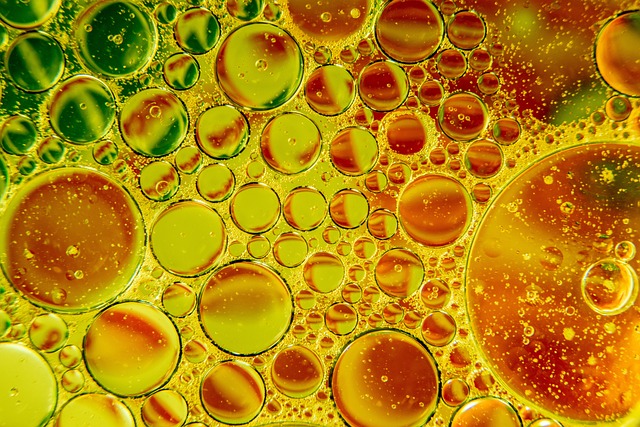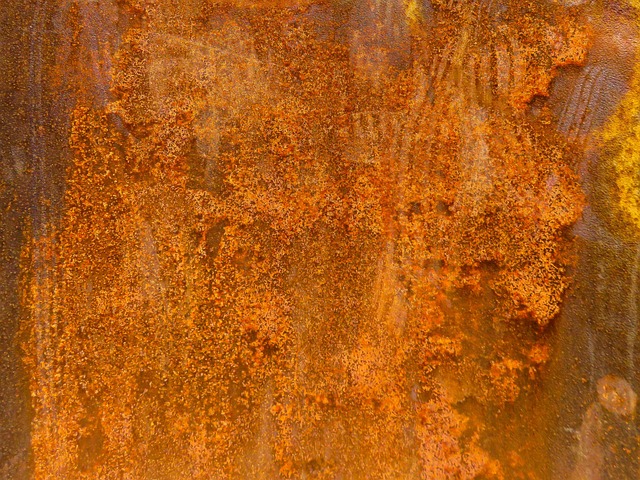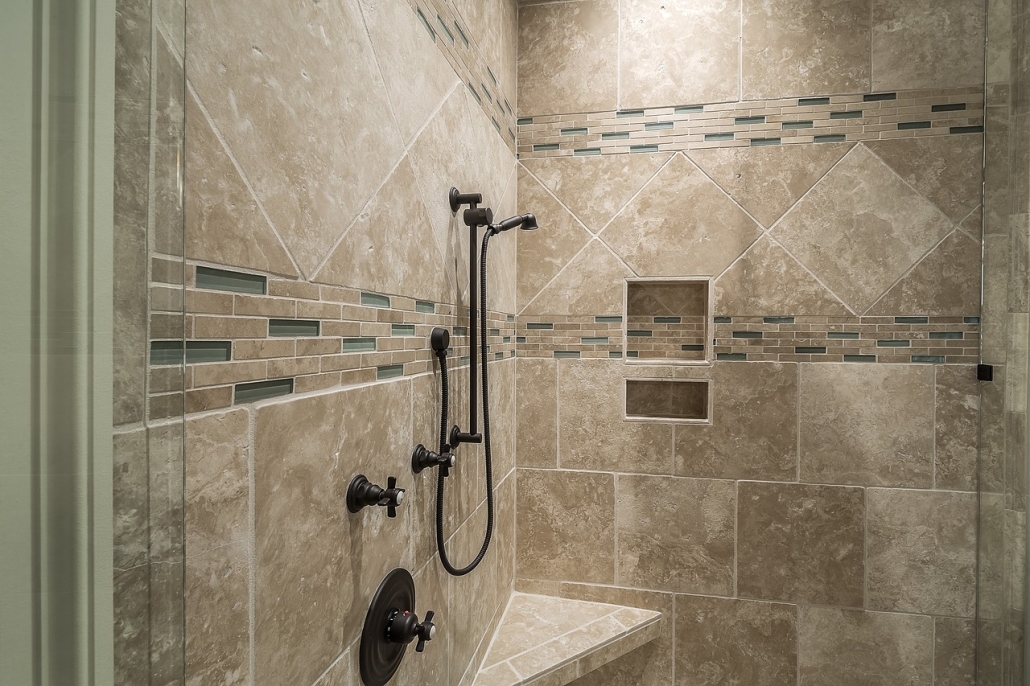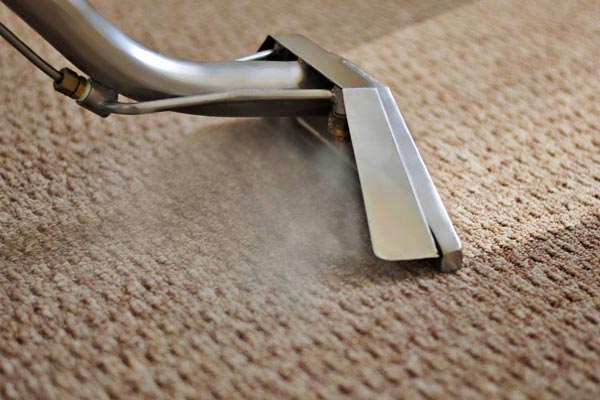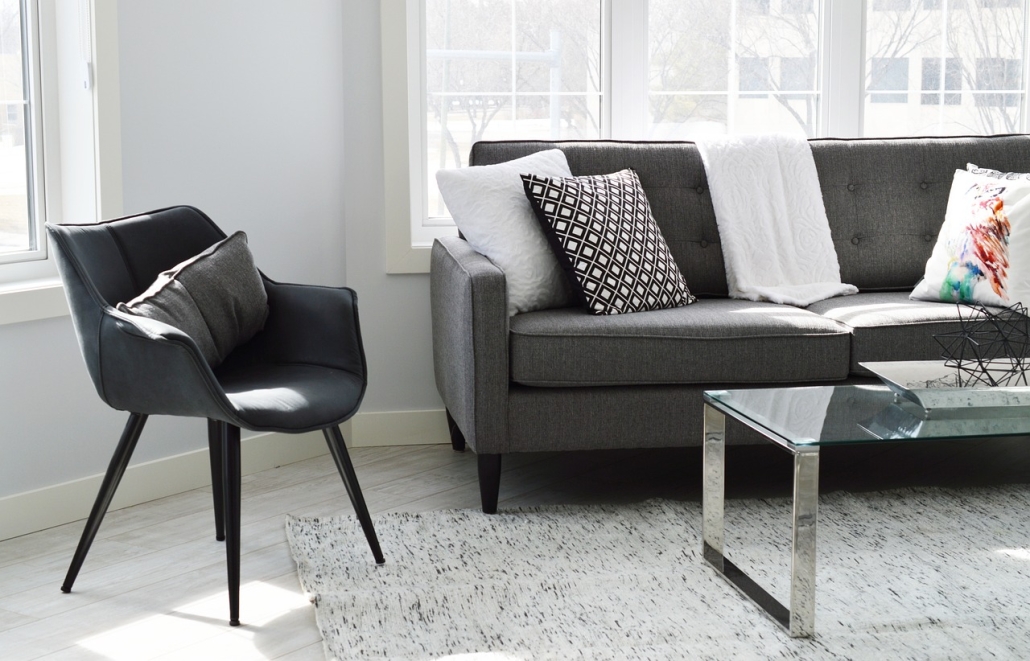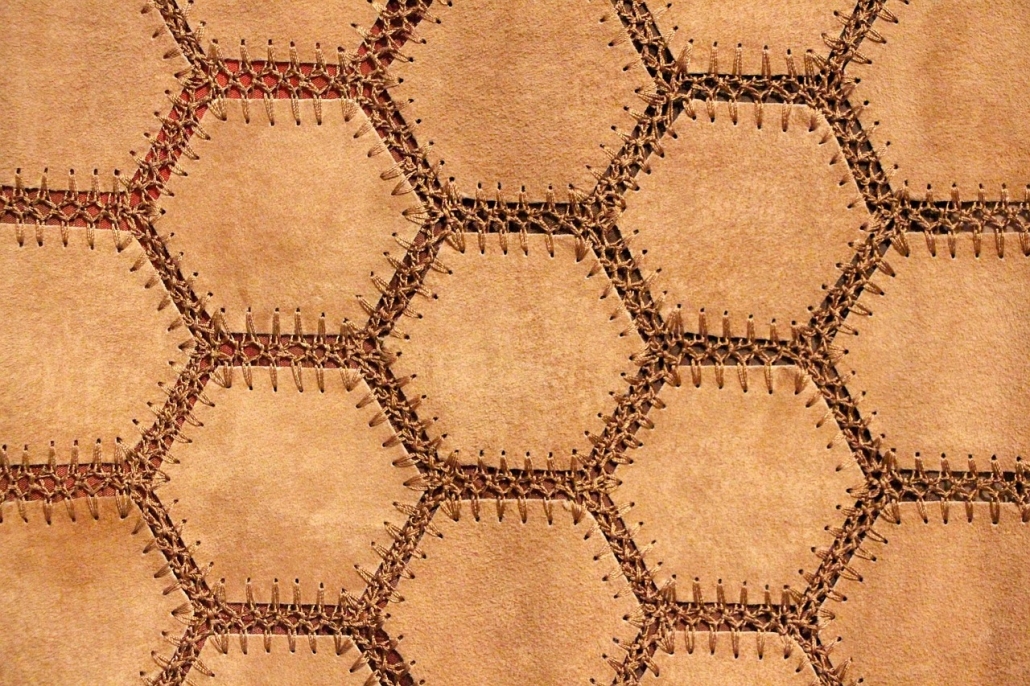Top Myths About Owning Fine Rugs
Fine rugs are not just floor coverings; they are pieces of art that can transform a room’s aesthetics. However, there are several misconceptions about owning fine rugs that may discourage potential buyers or create unrealistic expectations. In this post, we’ll debunk some of the most common myths surrounding fine rugs to help you make informed decisions about owning and caring for these exquisite pieces.
- Myth: Fine rugs are too fragile for everyday use.
Reality: While fine rugs are often associated with delicacy, many of them are designed for everyday use. High-quality materials and expert craftsmanship make them more durable than you might think. Regular care and proper placement can help maintain their beauty over the long term. - Myth: Fine rugs are all extremely expensive.
Reality: Some antique or collector’s pieces come with a hefty price tag, but there is a wider range of fine rugs available to suit various budgets. Beautiful and well-crafted options can be found at reasonable prices. And if you are looking for the best deals available, estate sales and yard sales are often great places to look! - Myth: Fine rugs are high maintenance.
Reality: Fine rugs do require care, but this doesn’t mean they are excessively high-maintenance. Regular vacuuming, occasional professional cleaning, and proper placement can keep them in great condition without an overly demanding routine. - Myth: Fine rugs shouldn’t be used in high-traffic areas.
Reality: While you may want to avoid placing an irreplaceable antique rug in a high-traffic zone, many fine rugs are designed to withstand daily wear. Using a rug pad and regular cleaning can protect them even in busy areas. - Myth: All fine rugs are antique.
Reality: Fine rugs come in a variety of styles, including contemporary and traditional. You don’t have to invest in an antique rug; there are modern designs that are just as fine and stunning. - Myth: Fine rugs are only for traditional décor.
Reality: Fine rugs can complement a wide range of interior design styles, from traditional to contemporary. Their versatility allows them to enhance the aesthetic of any room. - Myth: You can’t clean fine rugs.
Reality: Fine rugs can and should be cleaned. Professional cleaning methods are available to preserve their beauty, and regular vacuuming can remove dust and debris.
Fine rugs are not as fragile, expensive, or high-maintenance as many popular myths suggest. Owning a fine rug can be a rewarding experience, adding elegance and personality to your living space. By understanding the facts and dispelling these common myths, you can appreciate the beauty and practicality of fine rugs while making an informed decision about purchasing and caring for them.


